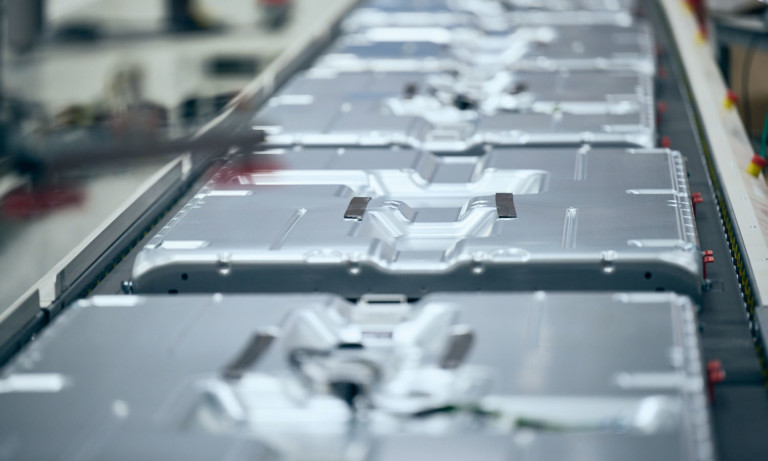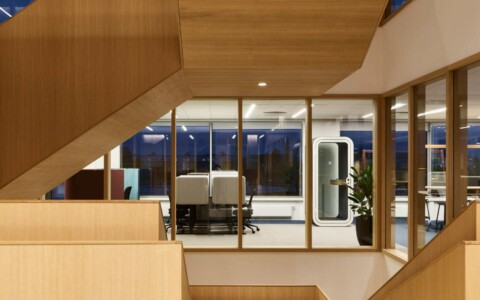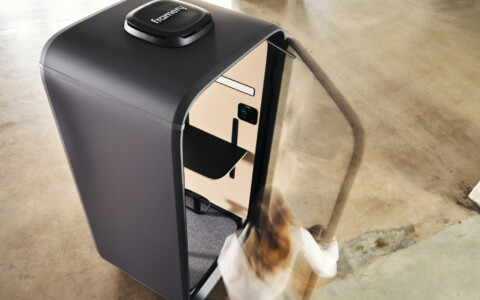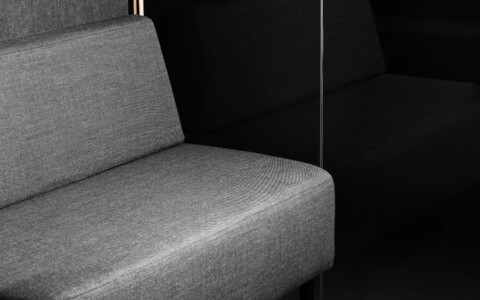Steel and aluminum are the material of choice in various industries ranging from construction to transportation as well as consumer products. Although both metals require energy to produce, they can be highly sustainable choices when used properly. When recycled, steel and aluminum can be used and reused almost indefinitely without loss in quality. Therefore, they make for excellent building materials in Framery pods, promoting a circular economy.
Are aluminum and steel sustainable materials?
Although steel and aluminum are not renewable materials, when applied in the appropriate manner, both are excellent and sustainable choices for different uses. One benefit of steel and aluminum is that these two materials can be used and reused almost indefinitely. That is if they are collected and recycled after their use.
One benefit of steel and aluminum over many other materials, such as plastic, is that their quality does not suffer from recycling. Because of this attribute of steel and aluminum, the environmental impact and cost to businesses are significantly lower when compared to producing new materials that would require excavating natural resources.
Steel and aluminum have a long lifecycle
Although the production of both steel and aluminum requires the use of energy – which can be based on non-renewable resources – once the material is produced, it can be used again and again. Unfortunately, the production of these two materials does require a lot of energy. However, as long as they are recycled and reused in a thoughtful manner, this is the last step in their life cycle where such use of energy is needed.
Therefore, the energy needed in the remaining life cycle of steel and aluminum is mainly spent in its recycling process–and even this energy can be produced utilizing environmentally friendly methods, such as solar and wind energy, as well as nuclear energy that is free of CO2 emissions.
Because of its recyclability, scrap steel is a lucrative business and some companies are specialized in dealing with scrap metal. To ensure that all metals are recycled and put to new use, there needs to be a well-established infrastructure in place for collecting, sorting, and handling recycled materials.
Pros and cons of aluminum and steel
- Both steel and aluminum are versatile materials that are suitable for different applications. Because of its lightweight qualities, aluminum is a popular material of choice for example in vehicles where light materials help reduce fuel consumption.
- Despite them being lightweight, both materials are still durable. Steel, for instance, can endure both weight and heat without giving up. Aluminum, on the other hand, is corrosion-resistant, making it a reliable material even in long-term use and in demanding conditions.
- Because there is a well-established infrastructure for recycling metals, steel and aluminum can be repurposed easily after they are no longer needed in their current use.
- Steel and aluminum do not need to be produced each time they are needed as materials for building or manufacturing new products. Both can be recycled from pre-existing materials without their quality suffering in the recycling process.
- It is essential that these materials are recycled and reused as both aluminum and steel require a great deal of energy to produce. Fortunately, technology is being developed in order to make even the production of new metals more sustainable.
- Additionally, neither are renewable, which is why repurposing steel and aluminum currently in use helps to reduce the need for extracting finite resources from the ground.
Steel and aluminum in Framery pods
To achieve first-class sound insulation, the acoustic materials used in Framery pods need to have two qualities: sound blocking and absorption. For instance, a steel plate both blocks and reflects sound waves effectively. However, a blocking surface alone would lead to poor acoustics inside the pod and make using it difficult. Framery pods use both glass and steel as reflective materials. There are two layers of glass with a dampening film in between them, resulting in the optimal level of sound reflection and absorption.
In the future, the use of steel will become all the more sustainable. There is exciting work being done on fossil-free steel manufacturing, where fossil fuels such as gas and coal are replaced with hydrogen. As a result, the process of steel manufacturing emits water rather than carbon dioxide as a by-product. At Framery, we already have our sights on this new fossil-free material of the future which helps make our pods even more sustainable than today.
Steel is used to construct the pods’ interiors and make them as sturdy and long-lasting as possible. Additionally, steel can be easily recycled after the pod has reached the end of its lifecycle. Rather than simply disposing of Framery pods after their use, old pods can also be given a new life by upgrading and refurbishing the pod or its individual parts.
The Framery Subscribed model promotes a circular economy by allowing our customers to subscribe to a Framery pod without long-term commitments. Once the pod has served its users, it can be given a new life serving the next users. Framery Subscribed is currently available in selected markets for different Framery products, such as the Framery One and Framery 2Q.




